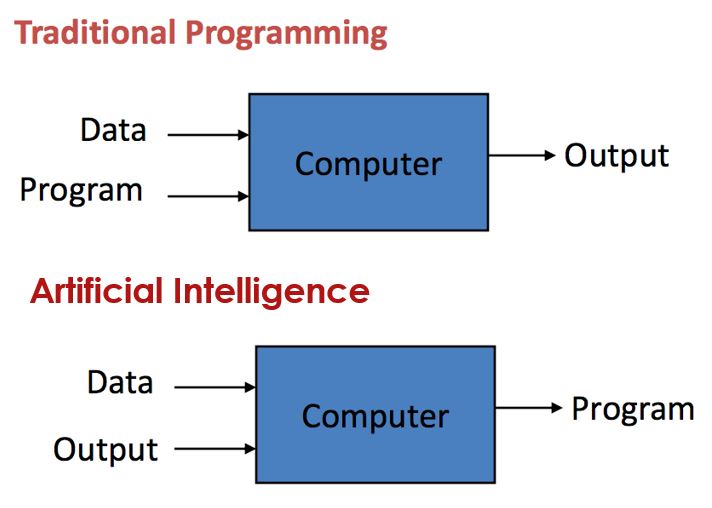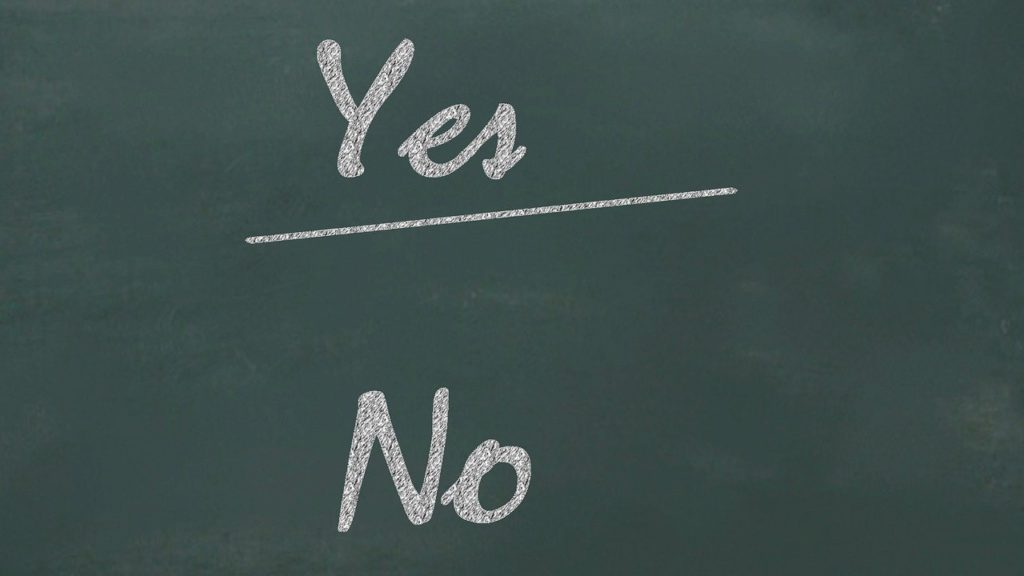In my last article titled ARTIFICIAL INTELLIGENCE IN MEDICINE, HOW WILL IT IMPACT? I covered what is artificial intelligence and how it is going to impact medicine.
In this post, I will cover how to choose a medical speciality branch and what factors are to be considered before choosing. To understand why some departments are safe than others, we must first know the process of developing Ai.
How is Ai software developed?
Every software has three components, Input, program, output. In traditional software’s humans design a program, we give specific Input, and software provides us with the output.
Ai program has two phases.
Phase 1 – Training part in which we give Input and output, and the software builds the program.
Phase 2 – testing part, we provide the program input, and it gives us output based on the program created by it during the training part.
It can undergo repeated training, testing in cycles to refine and optimise itself. I will give an example of two students for understanding.

Student Y
The teacher tells him dengue causes thrombocytopenia and asks to identify such cases. He was taught how to check the CBC report and find platelet values. His job is to identify thrombocytopenia but does not analyse differentials, severity, false-negative cases etc. He goes through all cases (Input), finding thrombocytopenia (program), and lists you all patients that are thrombocytopenic (output). He learns nothing in the process, and he does it mechanically without comprehending its significance.
Student Z
The student learns about thrombocytopaenia and all its varied presentations. In the training part, he sees lots and lots of cases with full lab investigations (Input) and what the final diagnosis is (output). Student Z teaches himself how to find patterns and learns to diagnose (program) over time.
In the testing part, the teacher gives him some cases (Input) and asks him to identify dengue cases (program), and he recognises them (output). If he identifies them correctly, he passes or else he goes back to training to see a greater number of cases and learn better (optimise program).
Student Z learnt it similar to our educational system design, but Ai does it in a very accelerated time frame. A well-designed Ai system can learn pattern recognition from an extensive database in a matter of days. Imagine sitting for four days straight learning CT interpretation of all know pathologies and becoming an expert. That is not humanly possible, no matter how much IQ you have.
What are the limitations of Ai?
Ai is not an all-knowing god entity; certain conditions are required for advancement in the field, and it certainly does have limitations. So, what is the kryptonite for Ai?
Requires enormous case databases – more cases it sees the more it learns similar to humans.
Requires the best quality of cases and data– the diagnosis should be precise, to interpret a finding.
Findings should not be subjective – there should be concrete objective evidence.
Ai cannot interpret human emotions– objective evidence for all human emotions are not available at present.
Cannot be entirely relied upon in emergencies – At present, none of them are fully optimised and requires humans to supervise at critical times.

What medical branch should I choose in the age of Ai?
Many branches in medicine are at danger in the long term because of automation. Are you wondering how safe is your branch?
I compiled a checklist that you can be used to see if your branch is at stake.
- Does the branch require direct physical interaction with patients?
- High quality and quantity of databases are not available for the branch?
- Finding patterns in images/ lesions is not a significant aspect of the branch?
- Does the branch deal with critical situations where we have to make decisions in a split second?
- Does the branch rely principally on subjective findings?
- Does the branch require the use of creativity?
- Does the branch have procedures (surgeries/ interventions)?
Fill the above list with a YES or NO, if the answers are predominantly yes – the branch is relatively shielded. If the answers are mostly no – the branch is at risk
Out of all Two questions (core questions) in the above checklist will have the highest weightage.
The First core question is – Does the branch require direct physical interaction with patients?
This question has the highest weightage of all, Human touch and physical examination cannot be done by software. It reminds us of the importance of social skills and empathy even in future.
The second core question is – high quality and quantity of databases are not available for the branch?
And because of this many alternative systems of medicine like Homeopathy, Ayurveda will still be thriving in future. Many questions, including the core questions, will be “yes” for alternative medicine systems (AYUSH).
Keep in mind that the above list is for the overall risk for the branch. Though overall risk may be less for your branch some part of the work you do will still get automated. For example, a cardiologist will check yes for most of the questions above, but work like 2D echo interpretation, ECG interpretation may yet be automated.We can also check what part of your work will become automated using the same checklist, and the core questions will still apply.
Anticipating the change is the wisest move we can make at present. There are a lot of other factors when choosing a branch, depending on the situation, but it is worthwhile to include this checklist while deciding.
I will be writing a follow-up blog on – how to stay relevant in the age of Ai? and ethical and legal considerations of Ai in medicine? Subscribe to this blog and Facebook page for updates.



So we still need experts in any fields to give input to Ai, without human input,and transform that information into computer language we need human,to intetpret the output of Ai we need human,if it gode into repair we need human,any machine has some half-life inthat case,we can’t use machines for decades,
We use ultrasound machines only for 3 yrs,after 3 yes,it’s efficacy hose down,
So as in a machine with Ai,
Like pharma company,only one manufactured by many companies,they claim their product advantages, like that many companies comes with Ai,in comming days